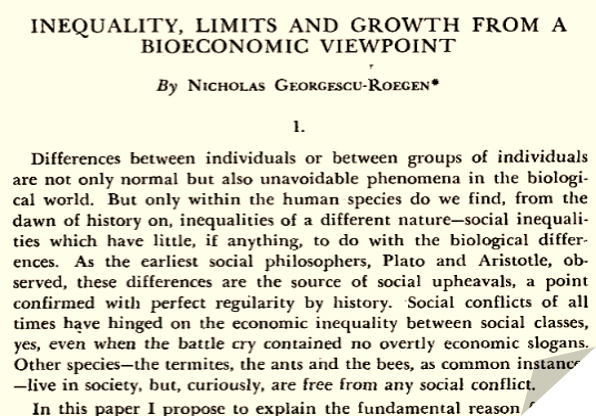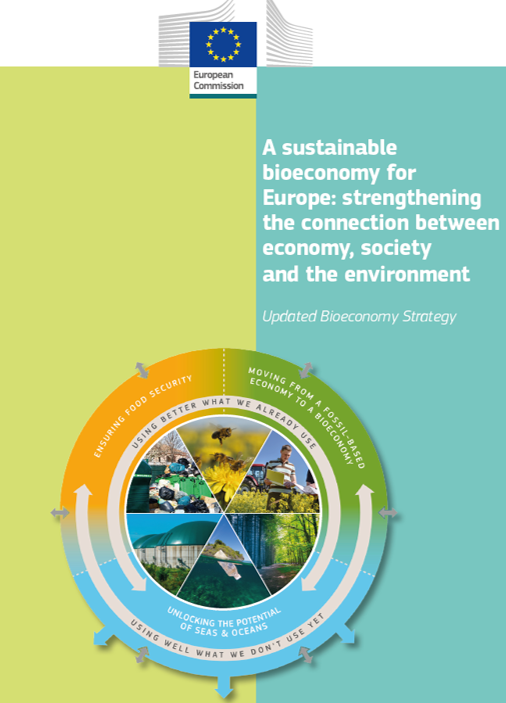1. What is bioeconomy?
| Website: | Hamburg Open Online University |
| Kurs: | Process engineering for the bioeconomy |
| Buch: | 1. What is bioeconomy? |
| Gedruckt von: | Gast |
| Datum: | Dienstag, 9. Dezember 2025, 07:38 |
Beschreibung
This book contains all basic information on bioeconomy.
1. What is bioeconomy?
What you should know:
- The bioeconomy encompasses the economic sectors that produce, use or process bio-based raw materials
- The term bioeconomy emerged from a political program to promote innovation in the industrial use of renewable resources
- 17 countries have their own bioeconomy strategy
The bioeconomy
The five goals of the bioeconomy (see also figure below) are:
- Ensuring food and nutrition security
- Sustainable management of natural resources
- Reducing dependence on non-renewable and non sustainable - domestic or non-domestic - resources
- Climate protection and adaptation to climate change
- Creating jobs and maintaining European competitiveness
- natural resources
- Labor resources
- Knowledge resources
- Capital resources
- Infrastructure
The learning material provided here focuses primarily on natural resources, knowledge and, to some extent, the necessary infrastructure for the bioeconomy.

1.1 Evolution of the term bioeconomy
The roots

Significance for EU policy
In addition to the EU member states, other countries also developed their own bioeconomy strategies in the following years.

1.2 Seeing the bigger picture
The motto of the Science Years 2020 and 2021 in Germany was “Bioeconomy”. Among other things, the website offers an overview of the diverse topics of the bioeconomy.
This brochure from the European Bloom project offers a brief impression of innovative bio-based products:
Would you like to enrich your lessons with exciting topics from the bioeconomy? On the website of the EU project BLOOM you will find numerous ideas and instructions in various languages
Analysis and thoughts for an ecological economy from 1988 (Juan Martinez-Alier und Frank Beckenbach: Beiträge zur ökologischen Ökonomie, Schriftenreihe des IÖW 19/88):
Critical voices should not be neglected either. Bioeconomy is not sustainable and environmentally friendly per se:
- BUND: https://www.bund.net/ressourcen-technik/biooekonomie/
- NABU: https://www.nabu.de/umwelt-und-ressourcen/nachhaltiges-wirtschaften/biooekonomie/29159.html
A study by the European Commission's Joint Research Center (JRC) examines the regional development of bioeconomy strategies within the European Union in 2022: https://publications.jrc.ec.europa.eu/repository/handle/JRC128740
Overview on bioeconomy strategie world wide:
https://biooekonomie.de/en/topics/in-depth-reports-worldwide
Bioeconomy monitoring system of the EU:
Various graphics provide information on the development of the bioeconomy based on different criteria https://knowledge4policy.ec.europa.eu/bioeconomy/monitoring_en
1.3 Bioeconomy processes
In the bioeconomy, a large number of different processes are used with the aim of generating uniform products from a biological, often non-uniform raw material stream. Among other things, biological, chemical, mechanical and thermal processes are used to convert the biomass into either intermediate products or end products. A combination of different processes is also often used.
Various procedures are presented in more detail in the following chapters. These include, among others:
- The biological process of anaerobic fermentation, in which various microorganisms convert the biomass into biogas via various intermediate products,
- the chemical process of producing viscose fibers, whereby pulp is first dissolved in caustic soda and then “spun” into fibers in an acidic precipitation bath,
- various mechanical processes (in principle, for example, all harvesting processes can be counted as mechanical processes); in particular, the chapter on building and construction discusses various ways of using mechanically pretreated wood (e.g. in the form of beams) as construction timber,
- thermal processes in which the biomass is treated under the influence of temperature; for example, gases, oils or solids can be produced from biomass.
Depending on the process and the desired product, different methods are used and combined. In the following chapters, you will learn more about individual bioeconomy processes and products.